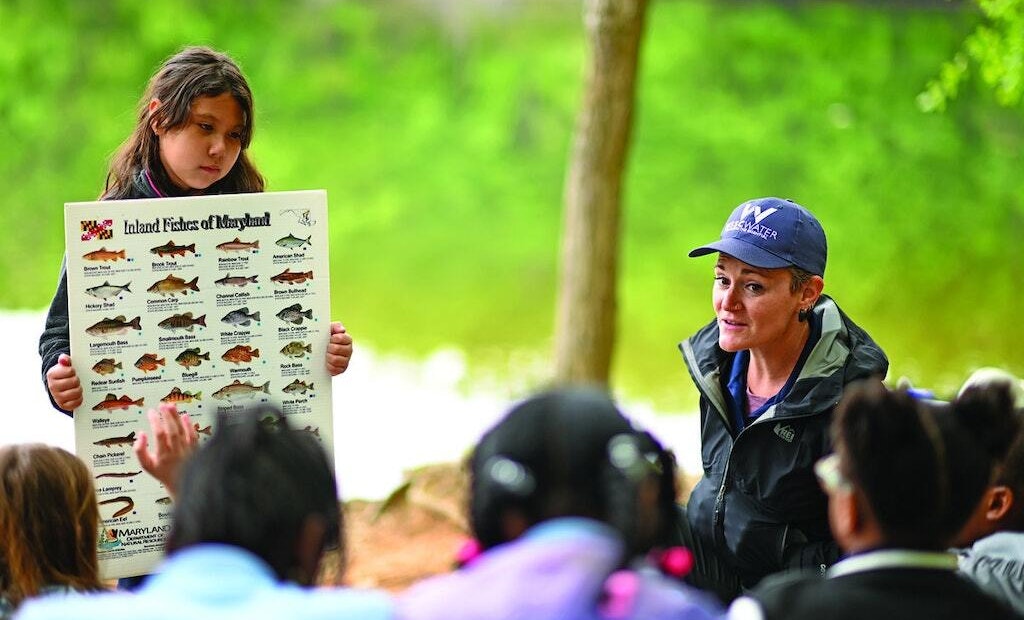
Nicole Horvath, environmental outreach coordinator, led the creation of the virtual tour of the WSSC Water wastewater treatment plants.
WSSC Water faced increasing demands for student tours but didn’t have rooms large enough or sufficient staff to accommodate as many as 90 students at one time.
In response the utility created an award-winning Introduction to Wastewater Treatment Virtual Unit for educators that...





